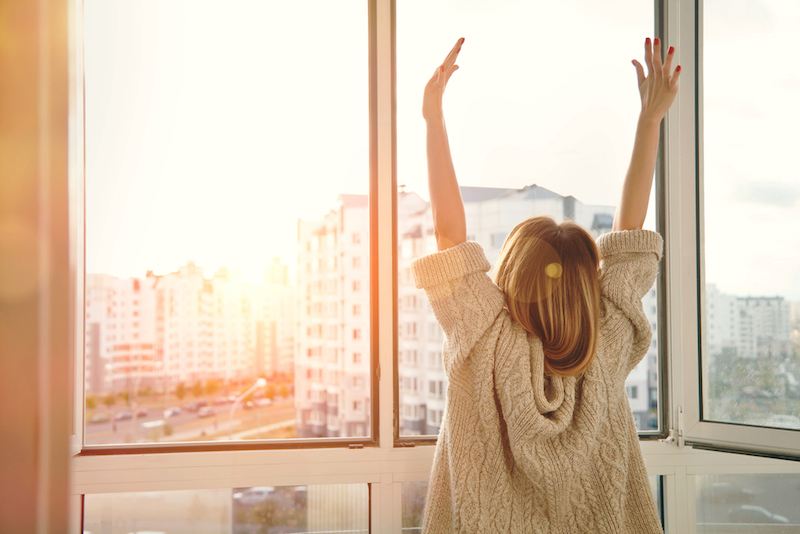Bright Light Therapy Can Ease Depression Symptoms

For people with depression, using "bright light therapy" either alone or combined with an antidepressant might help treat their condition, a new study suggests.
In the eight-week study of 122 people with major depression, the researchers found that people who were treated with either a bright light box or a combination of light box therapy with an antidepressant drug experienced more improvement in their symptoms than people treated with a placebo.
In comparison, those treated with an antidepressant drug (without light therapy) did not show improvements over those taking only a placebo pill.
"It is not unusual that an antidepressant — or any treatment [for depression] actually — is not statistically better than placebo," said study author Dr. Raymond W. Lam, of the University of British Columbia in Vancouver.
It is commonly known that people with depression who participate in clinical trials get better even with only a placebo, he said. It's possible that the contact with the treatment team and regular appointments that come with being part of a trial help people with the condition, he said. [7 Ways Depression Differs in Men and Women]
"So the fact that, in our study, the light treatments did better than placebo even when the Prozac did not really indicates than the effect was large," Lam told Live Science.
During the eight-week study, the researchers split the 122 people into four nearly equal groups. People in the first group were given a fluorescent light box and told to turn it on for 30 minutes right after they woke up each day, and were also given the antidepressant fluoxetine (also known as Prozac).
Get the world’s most fascinating discoveries delivered straight to your inbox.
A second group also underwent the light therapy, but they were given a placebo pill (instead of an antidepressant medicine). A third group was given the antidepressant medicine and a placebo device — instead of a light box — that they were told was an ion generator. In truth, the generator was deactivated, and so it was not producing ions, but it was rigged so that it would still hum when it was turned on. The remaining group was given both the placebo pill and the placebo device.
To obscure the real objectives of the study from the participants, the researchers told them that they were comparing light and ion treatments, according to the study, published today (Nov. 18) in the journal JAMA Psychiatry.
The researchers measured the severity of the people's depression symptoms at the beginning and at the end of the study with a standard scale often used in psychiatry.
They found that 76 percent of the people who received both the light therapy and the antidepressant drug had their symptoms improve by 50 percent or more. This level of improvement was seen in only 50 percent of those who received the light therapy and the placebo pill, in about 33 percent of the people who received the placebo device and also took a placebo pill, and in 29 percent of the people who took the antidepressant pill and were given the placebo device.
The scientists also looked at the number of patients whose depression symptoms went into remission by the end of the treatment. Again, the group that fared best was the one given both the light therapy and antidepressant drug — 59 percent of them went into remission.
Remission occurred in 44 percent of the people who received light therapy along with the placebo pill, in 30 percent of the people given the placebo device and placebo pill, and in about 19 percent of the people who took the antidepressant drug but were given the placebo device.
However, more research is needed to confirm the efficacy of light treatment for clinical depression, and people should not try to self-treat their depression with light boxes, Lam cautioned.
People with clinical depression should always contact a health care professional and should "have any treatments supervised by a health care professional," he said.
It is not clear why bright light therapy may work for people with depression, but previous research has shown it often works in the treatment of people with seasonal affective disorder (SAD). One idea is that in people with SAD, the light may correct a problem with their inner biological clock called the circadian rhythm, Lam said.
"The second major theory is that light affects neurotransmitters in the brain," such as serotonin, noradrenalin and dopamine, he said. "And these are the same neurotransmitters that are of interest in antidepressants for treating depression as well."
Follow Agata Blaszczak-Boxe on Twitter. Follow Live Science @livescience, Facebook & Google+. Originally published on Live Science.


